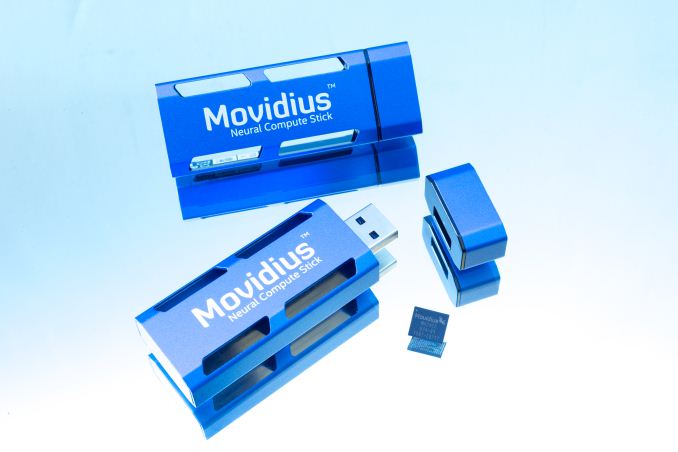The clinical assessment of suicidal risk would be substantially complemented by a biologically based measure that assesses alterations in the neural representations of concepts related to death and life in people who engage in suicidal ideation. This study used machine-learning algorithms (Gaussian Naive Bayes) to identify such individuals (17 suicidal ideators versus 17 controls) with high (91%) accuracy, based on their altered functional magnetic resonance imaging neural signatures of death-related and life-related concepts. The most discriminating concepts were ‘death’, ‘cruelty’, ‘trouble’, ‘carefree’, ‘good’ and ‘praise’. A similar classification accurately (94%) discriminated nine suicidal ideators who had made a suicide attempt from eight who had not. Moreover, a major facet of the concept alterations was the evoked emotion, whose neural signature served as an alternative basis for accurate (85%) group classification.


